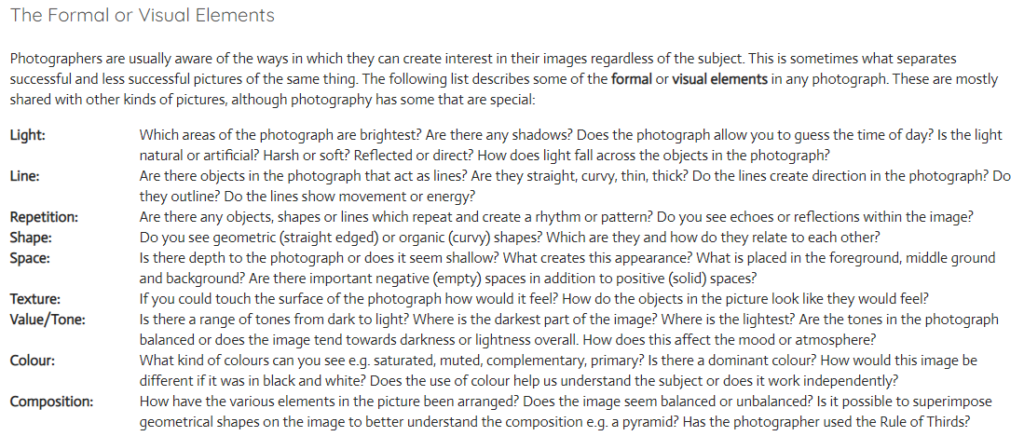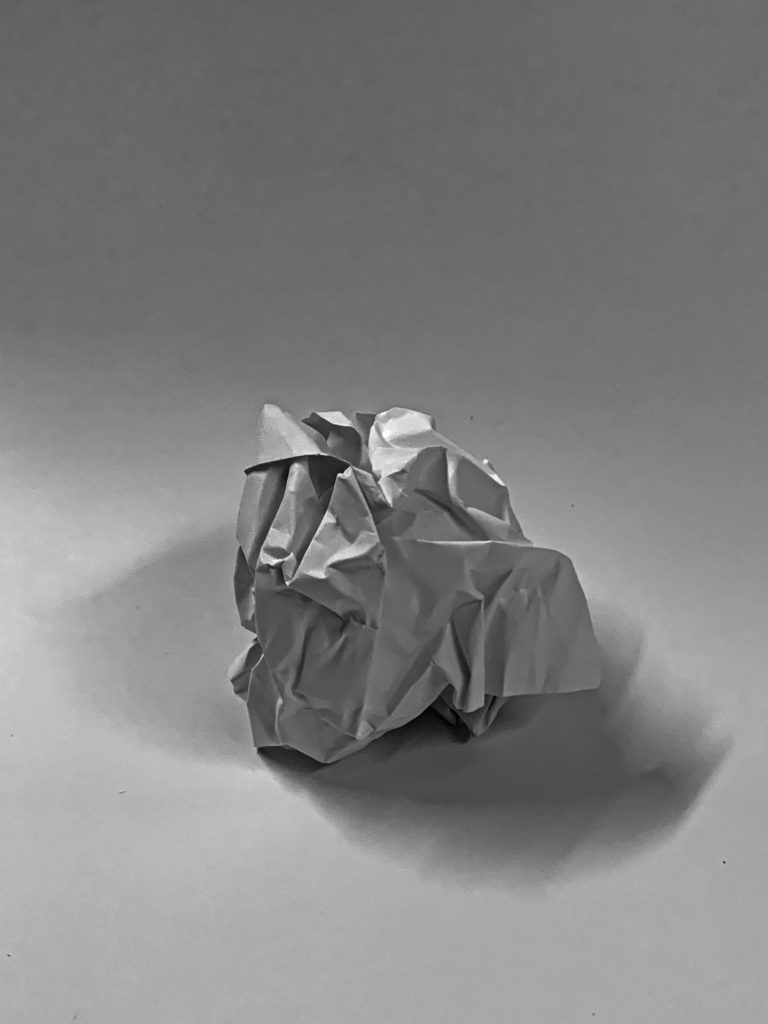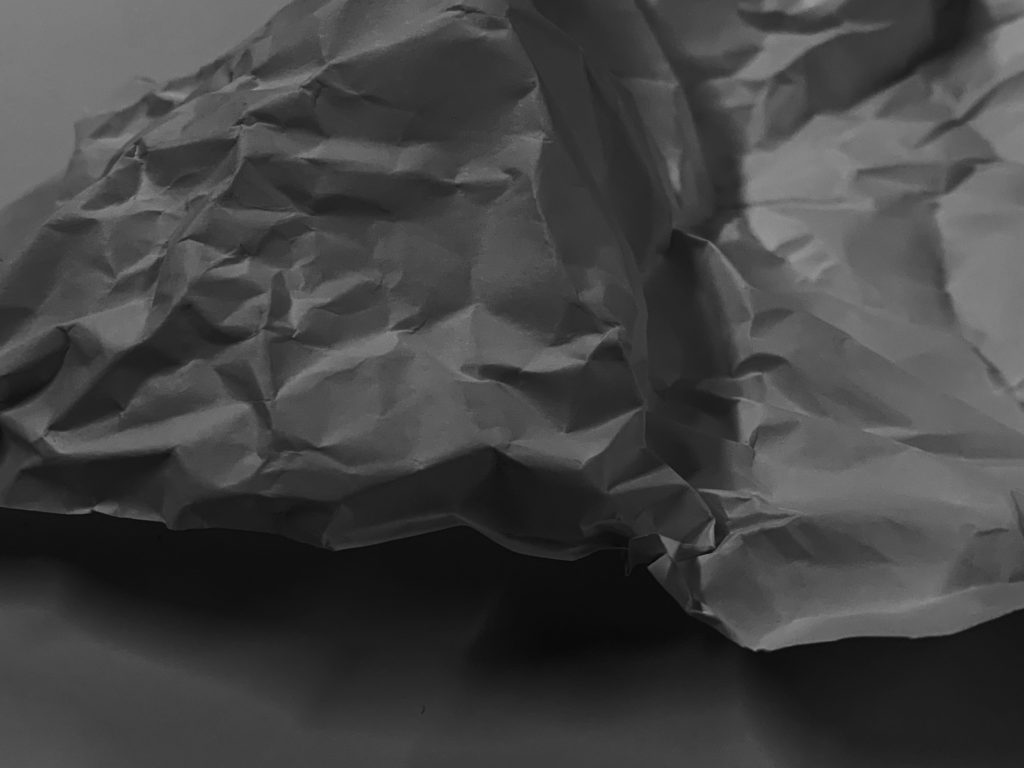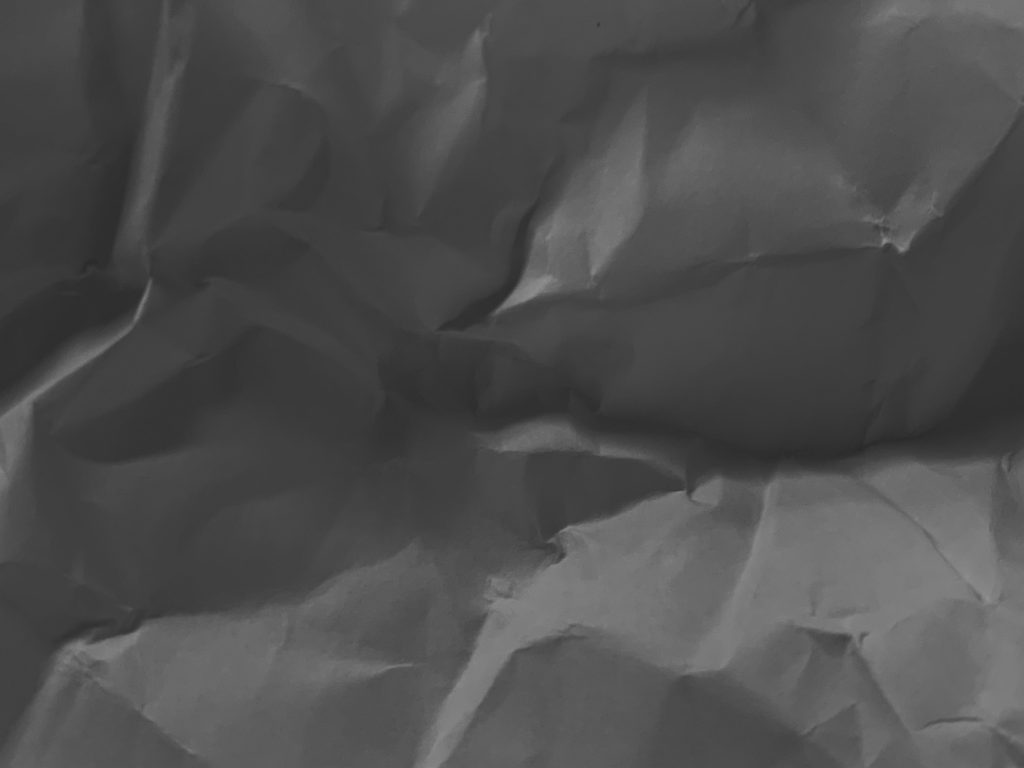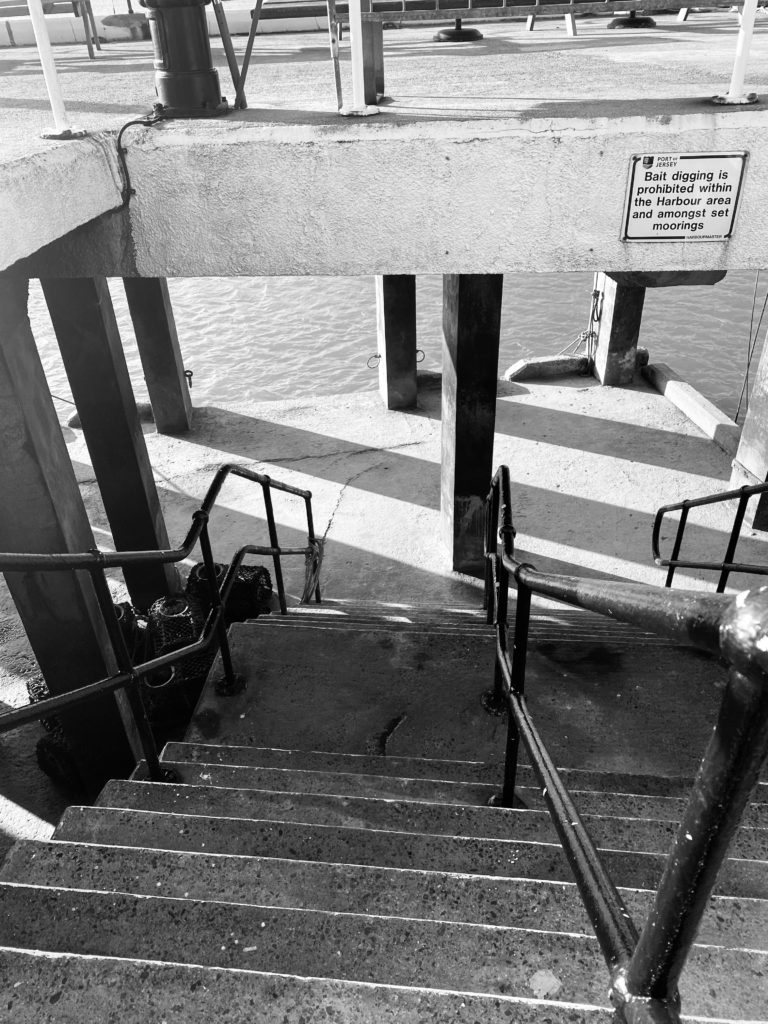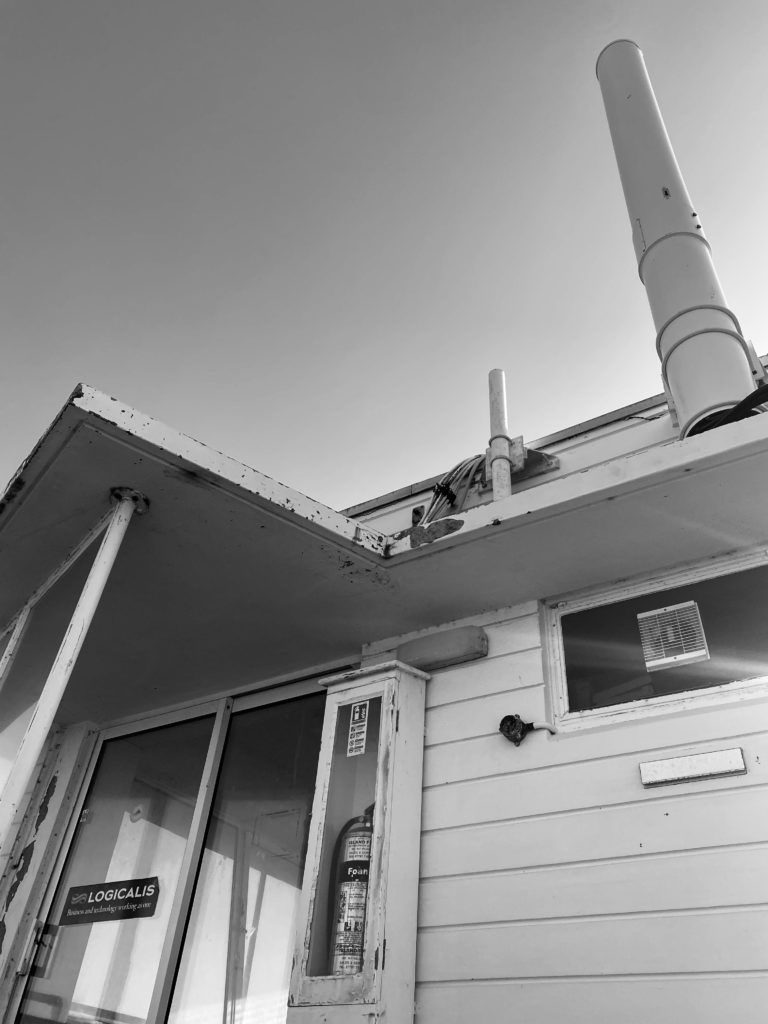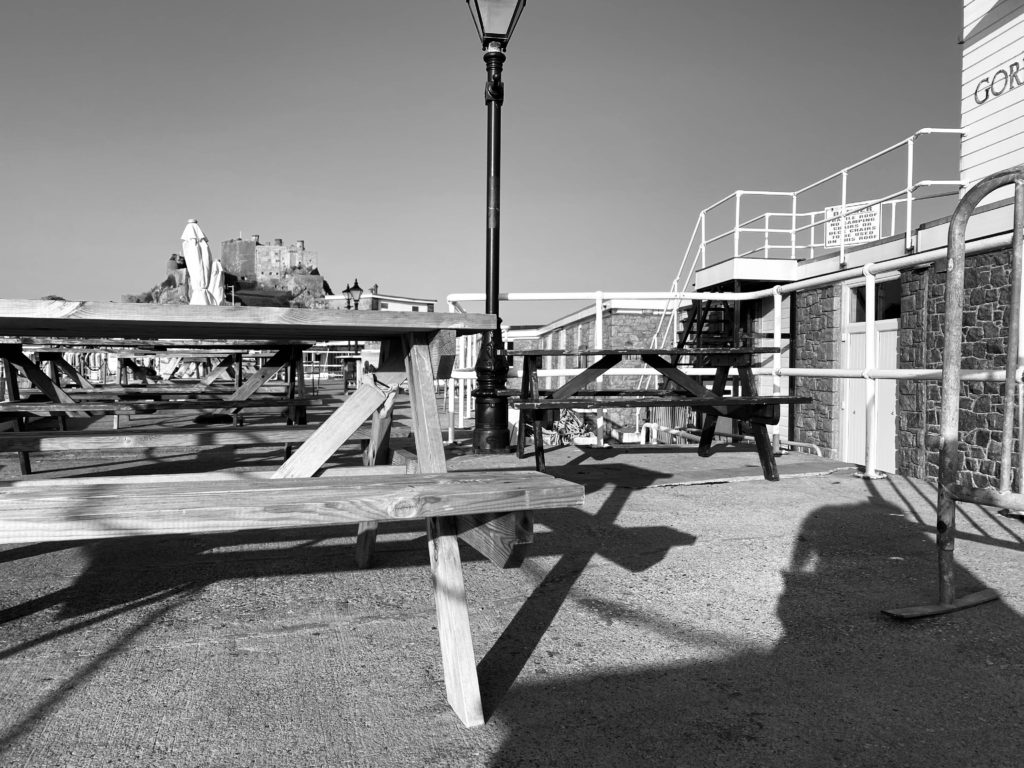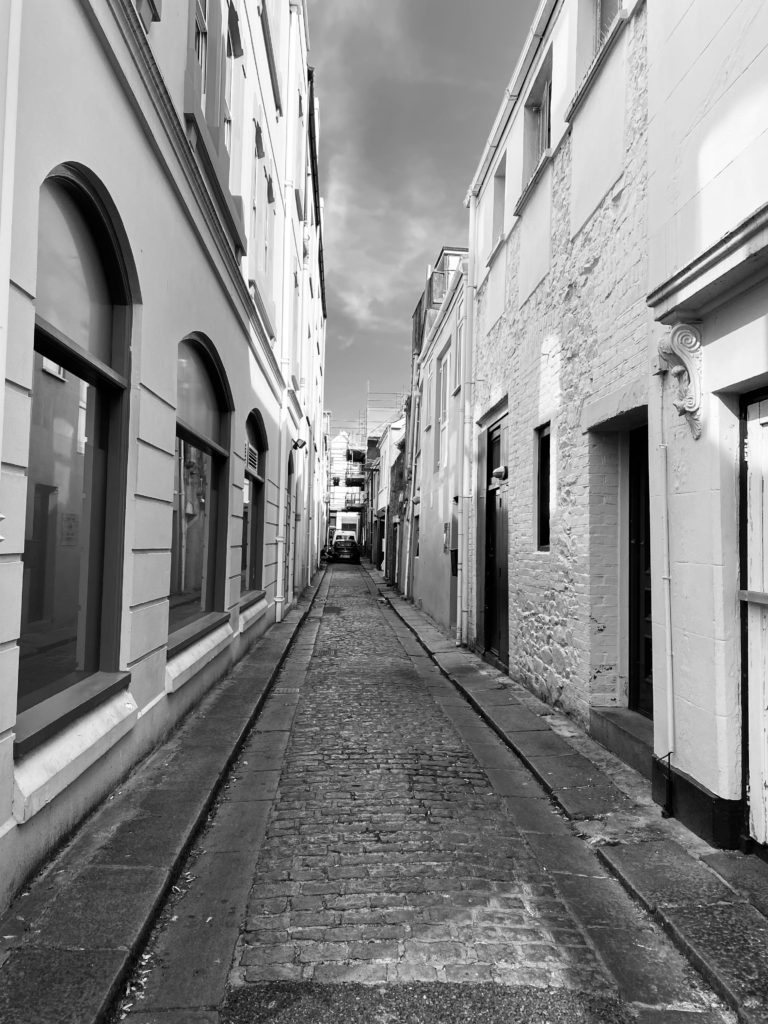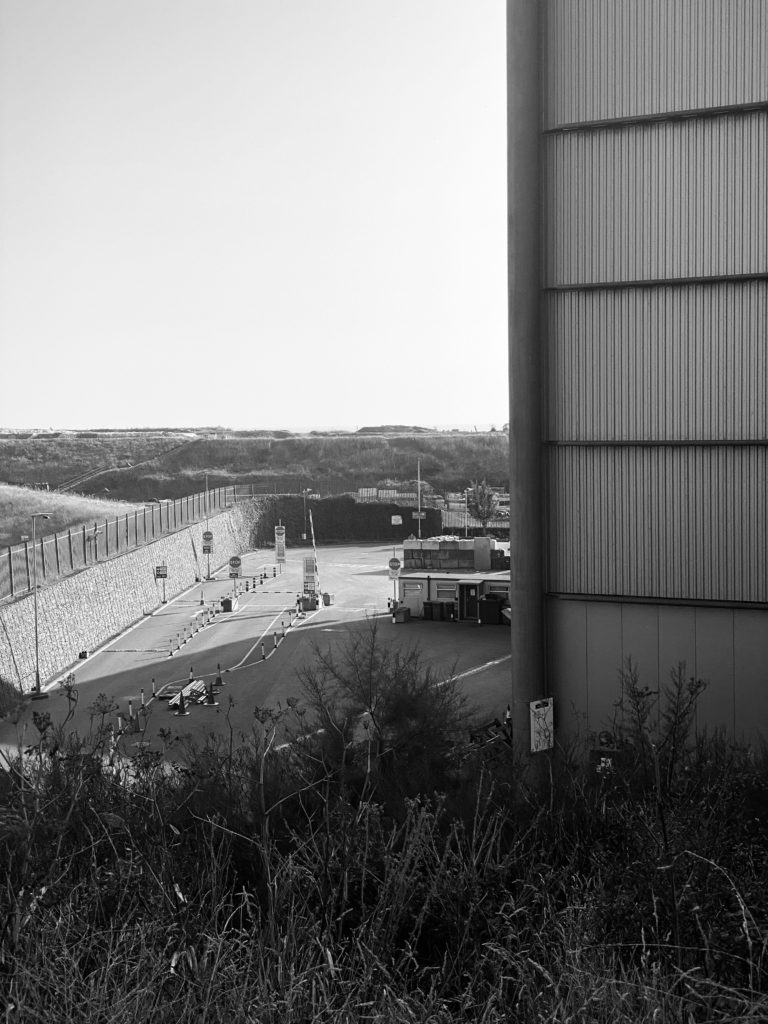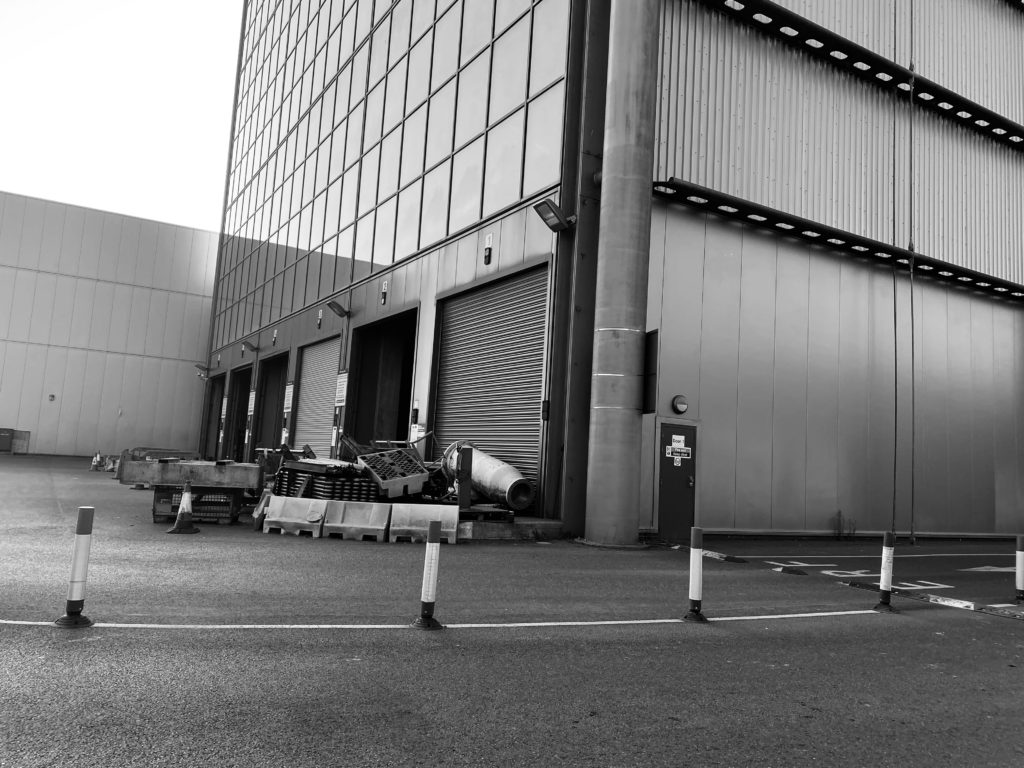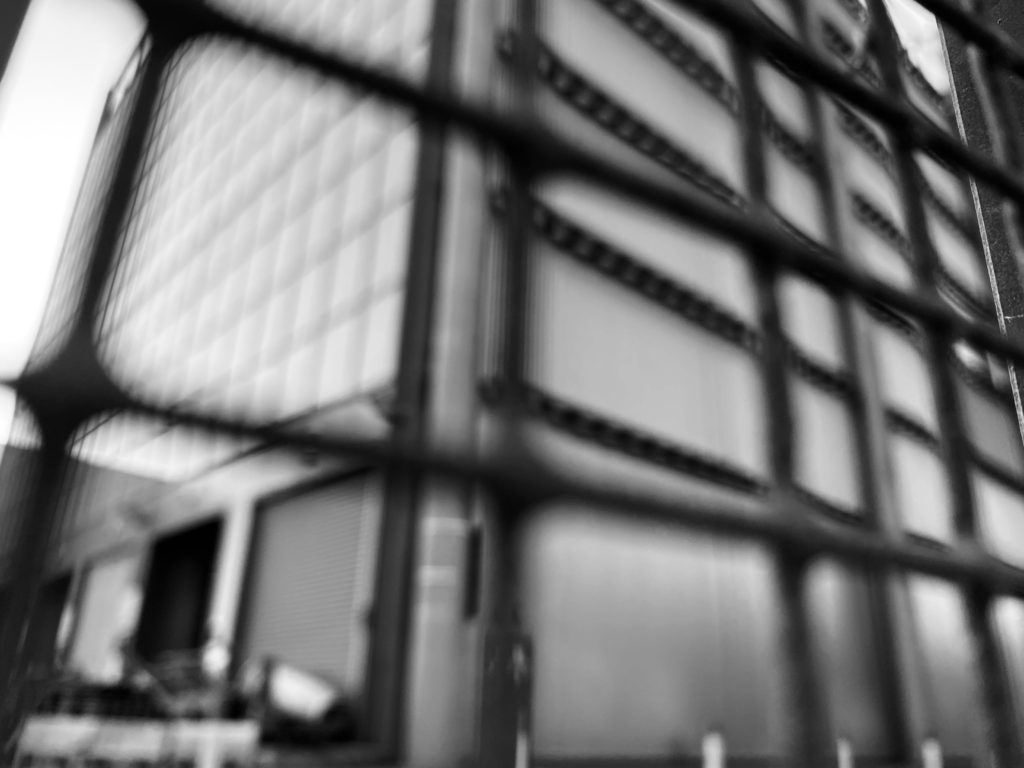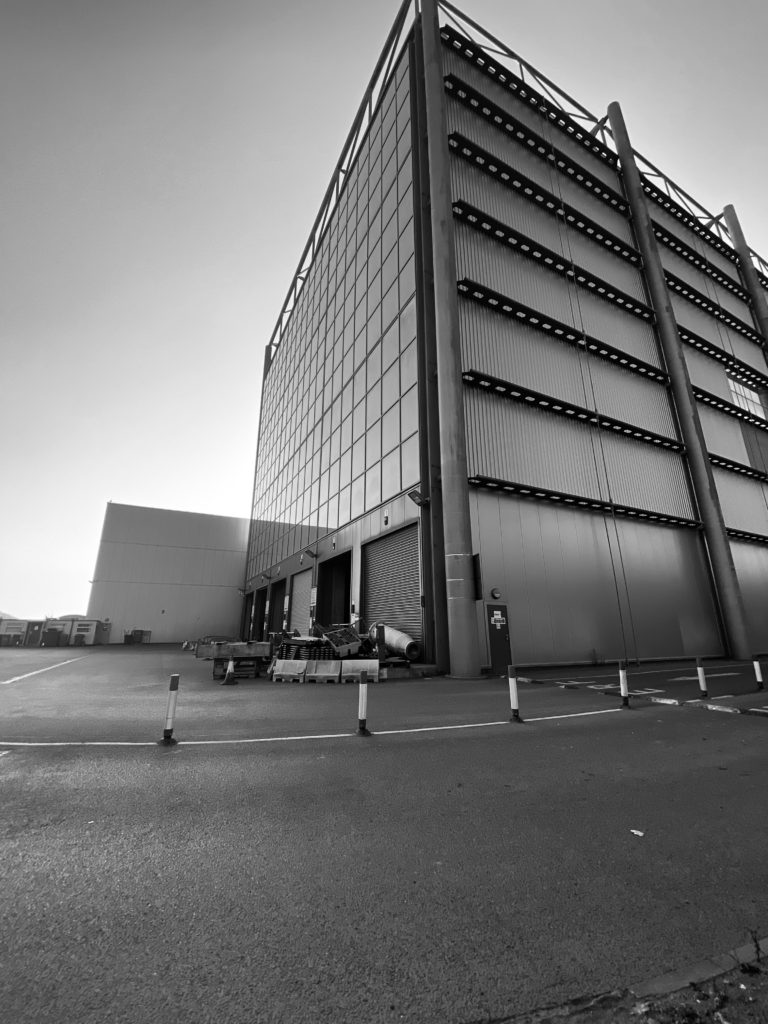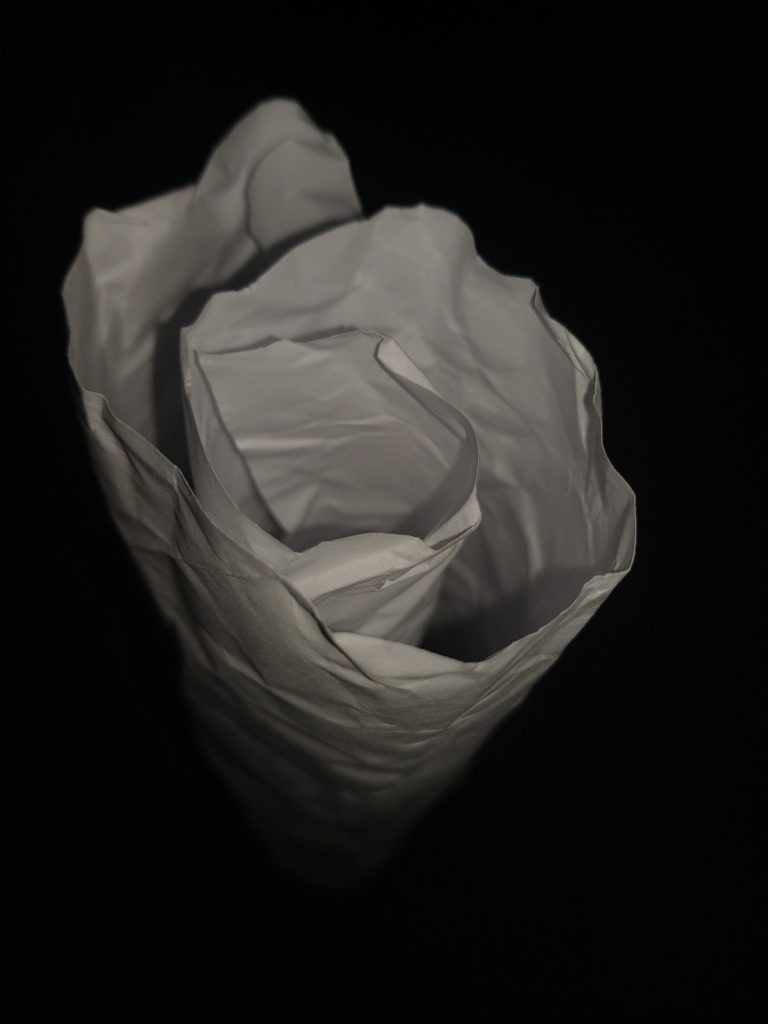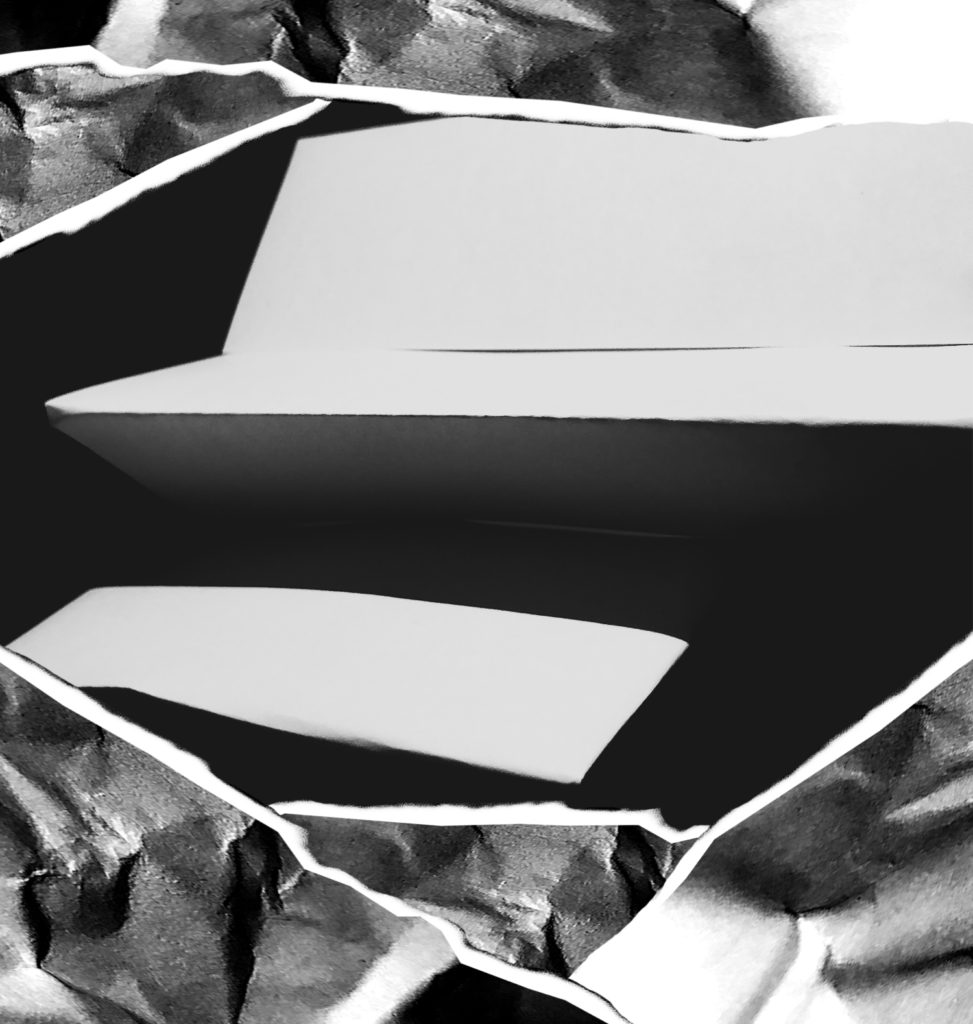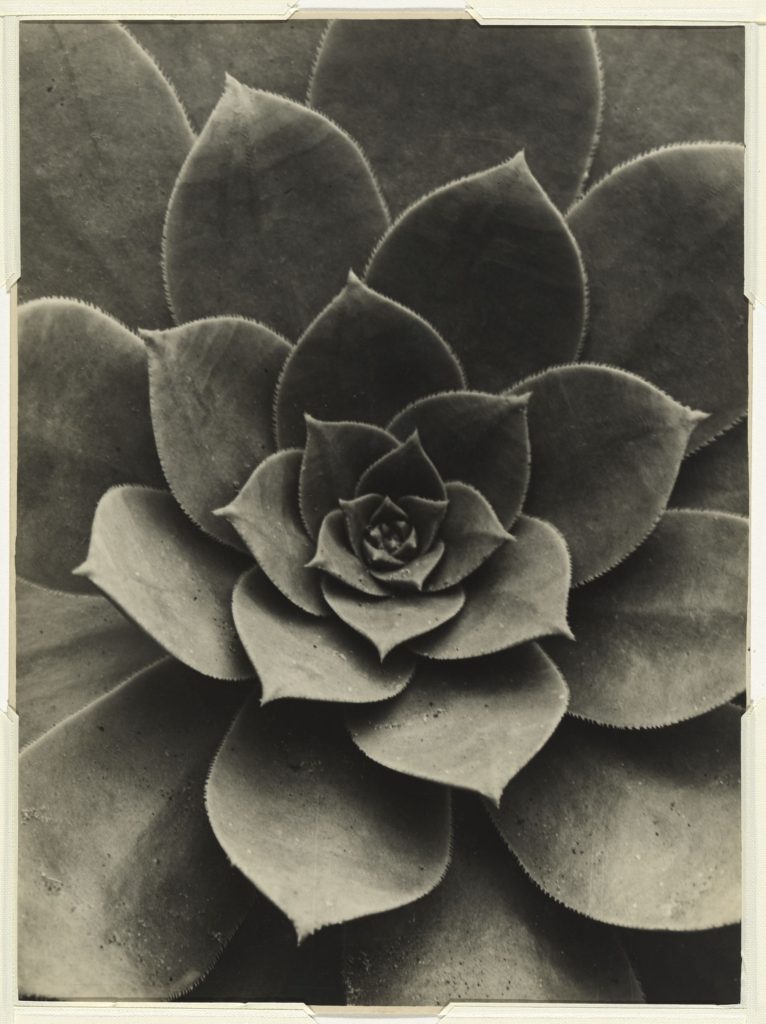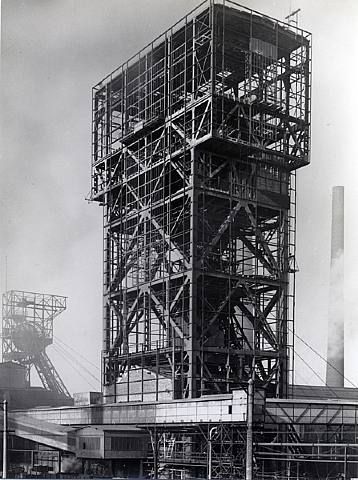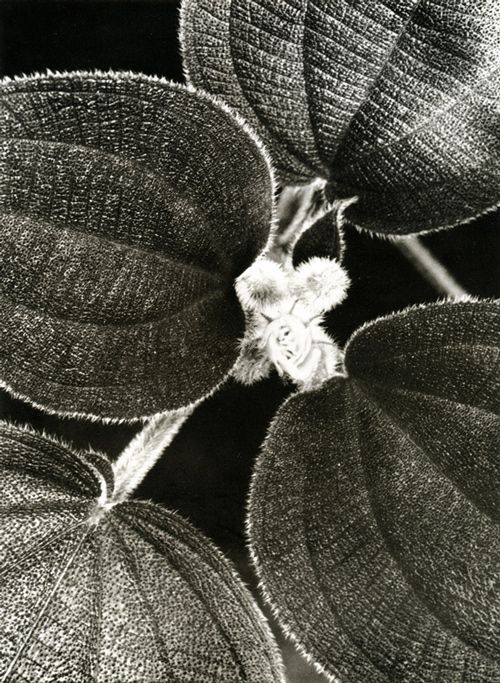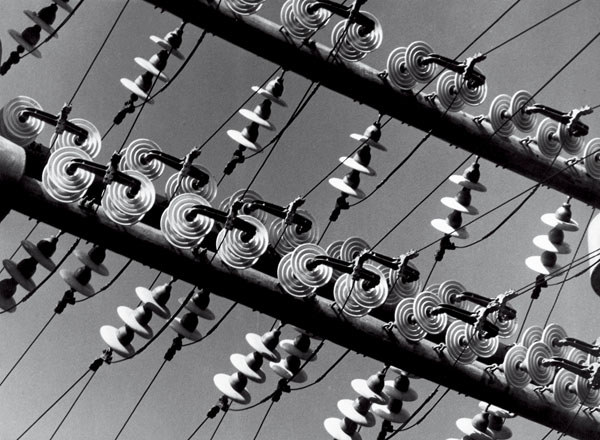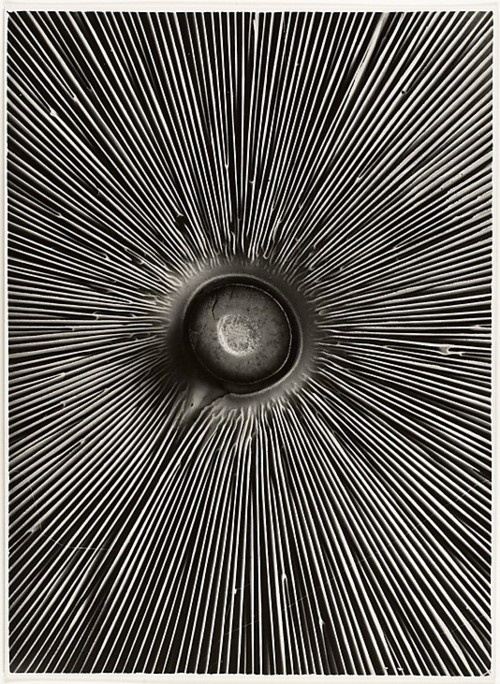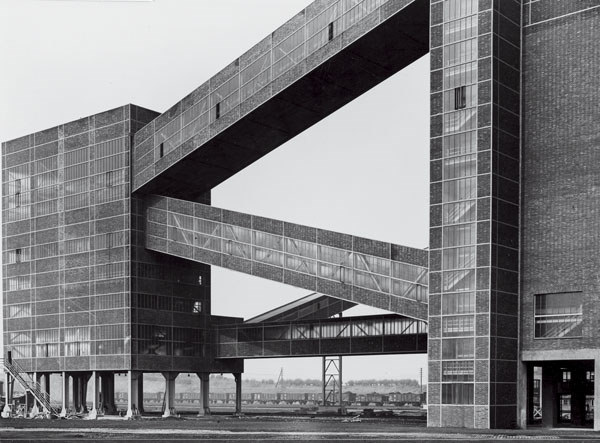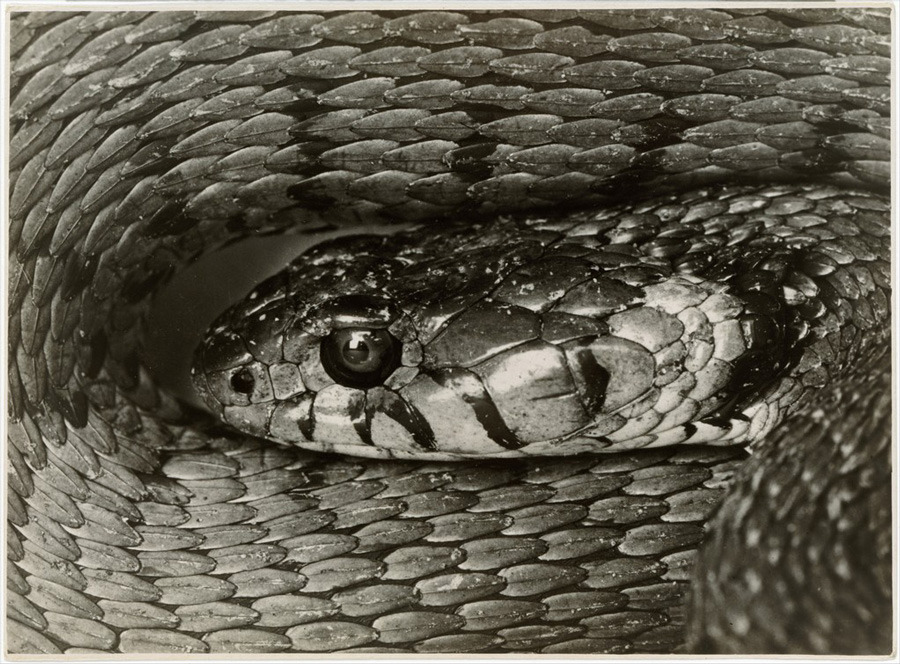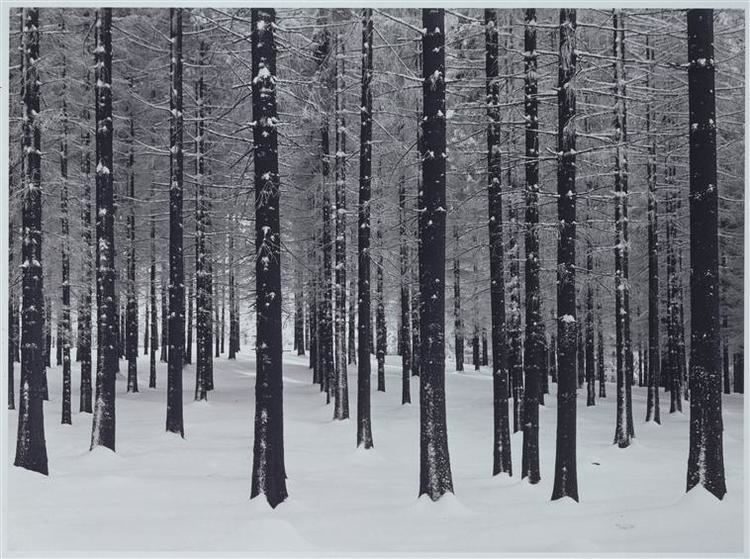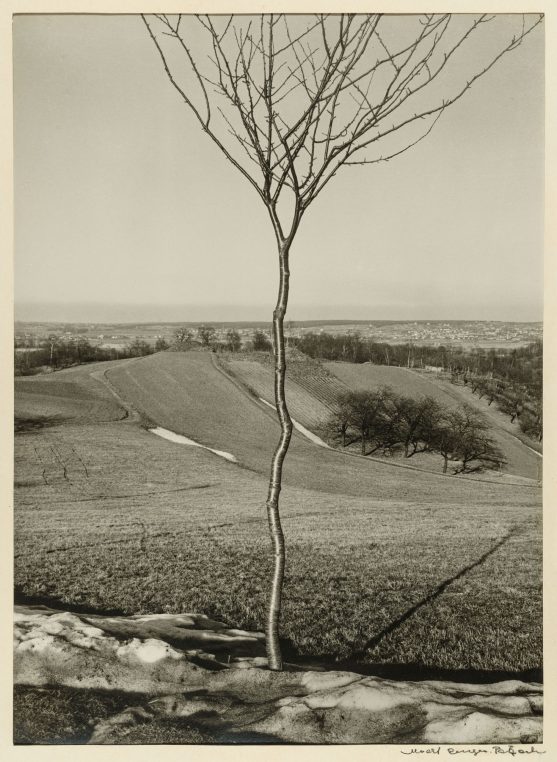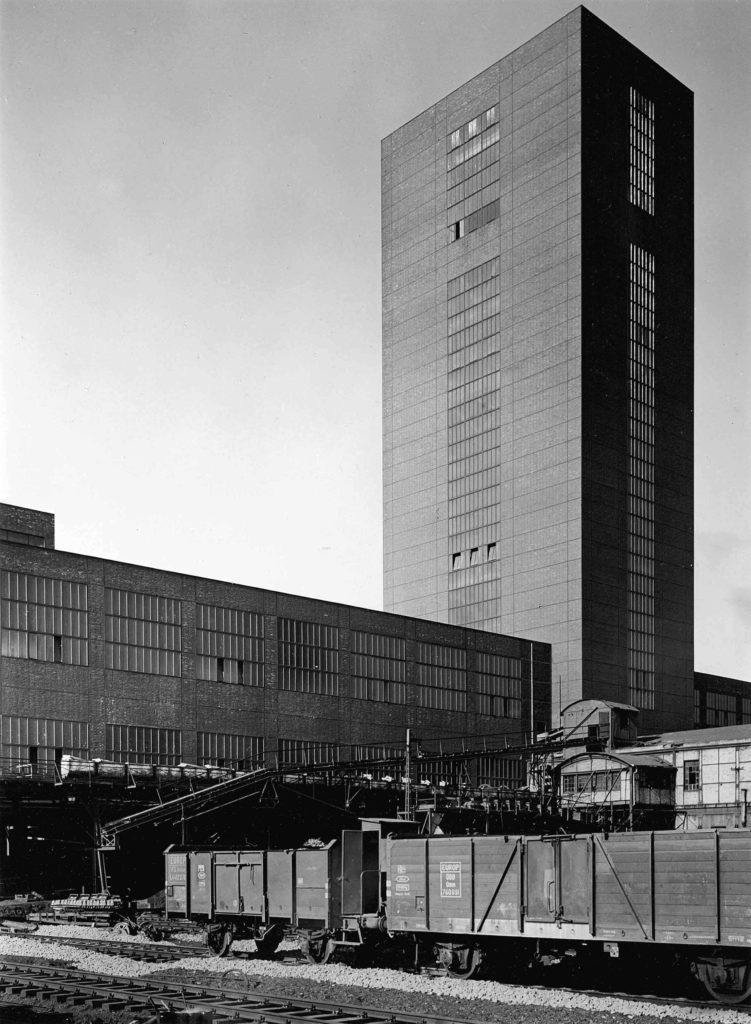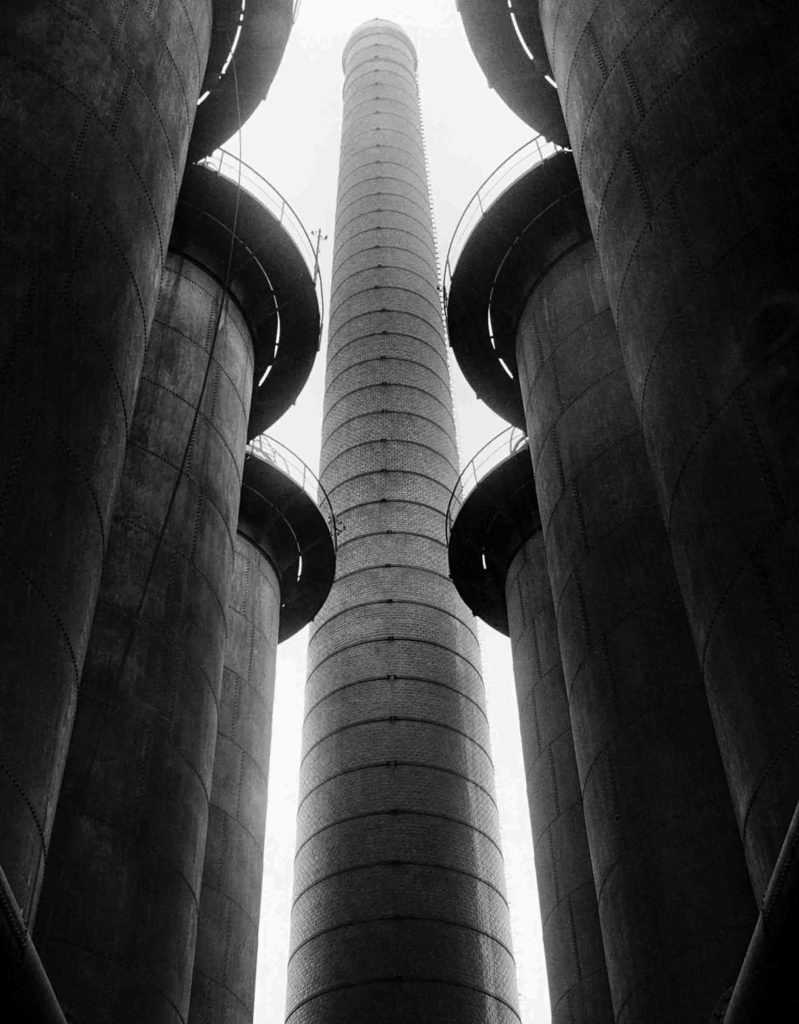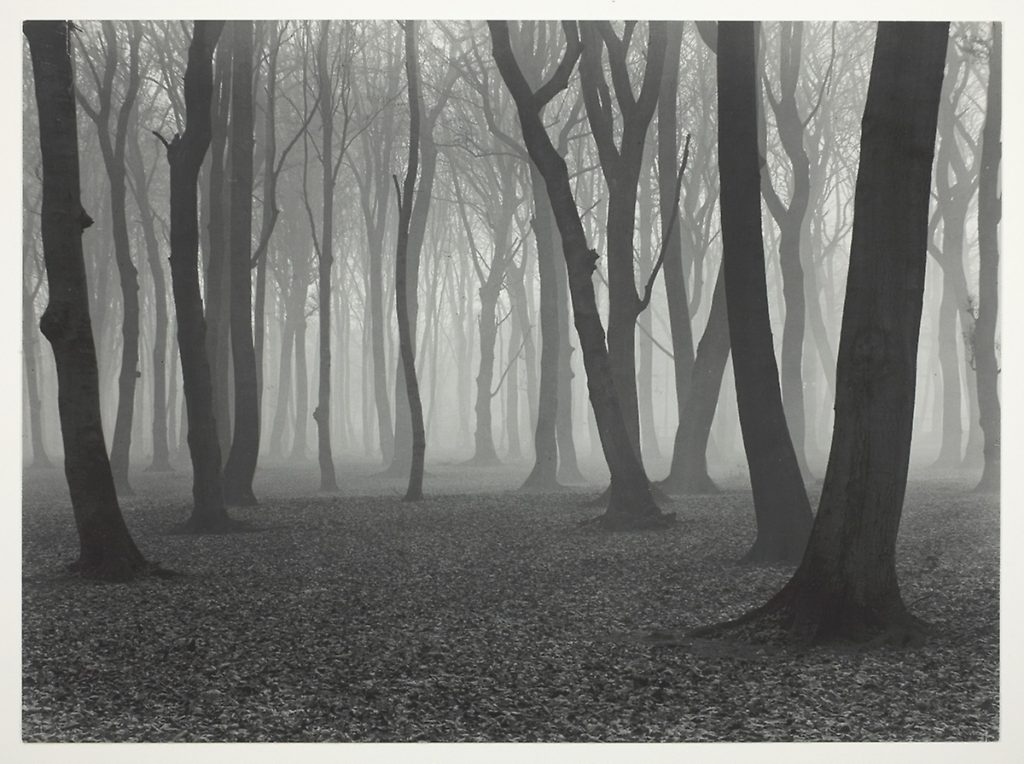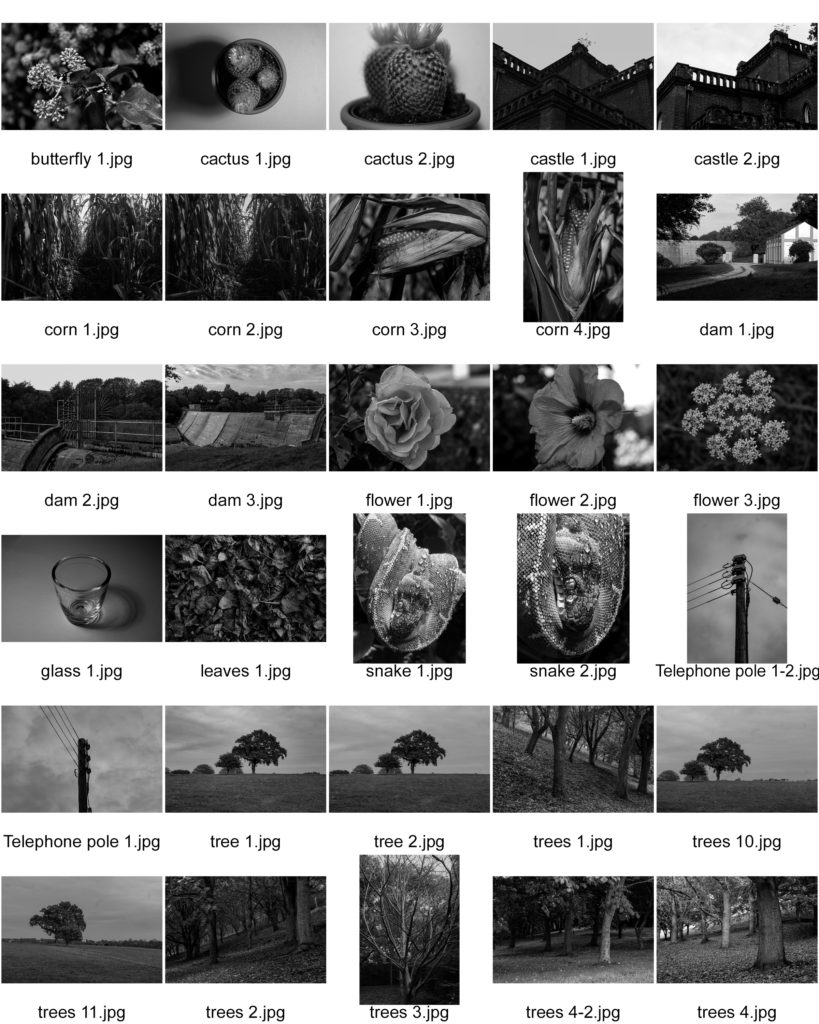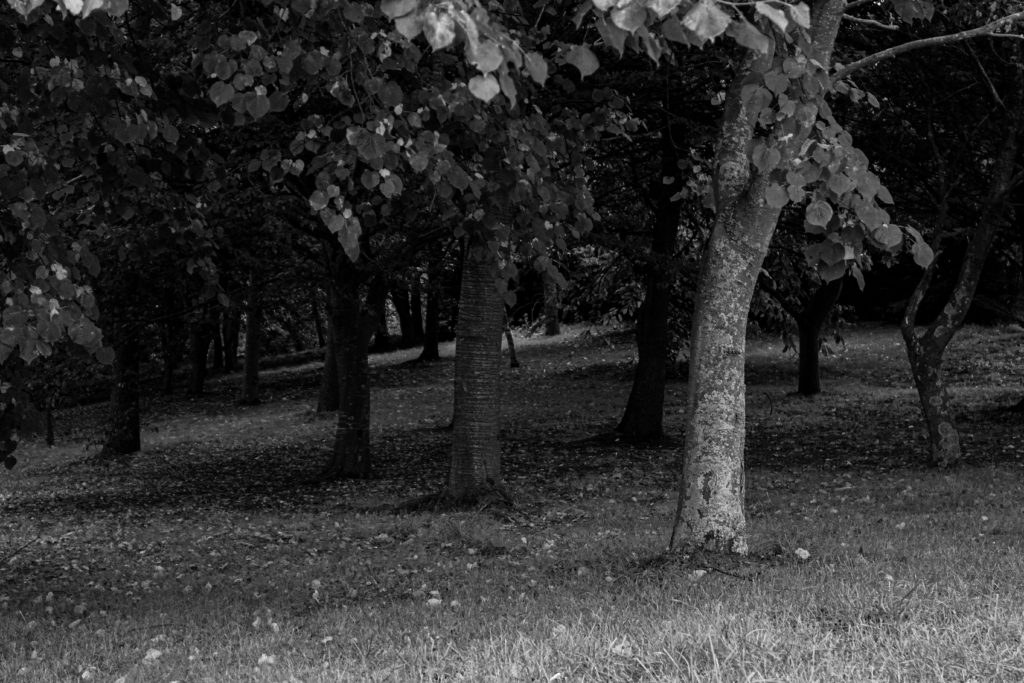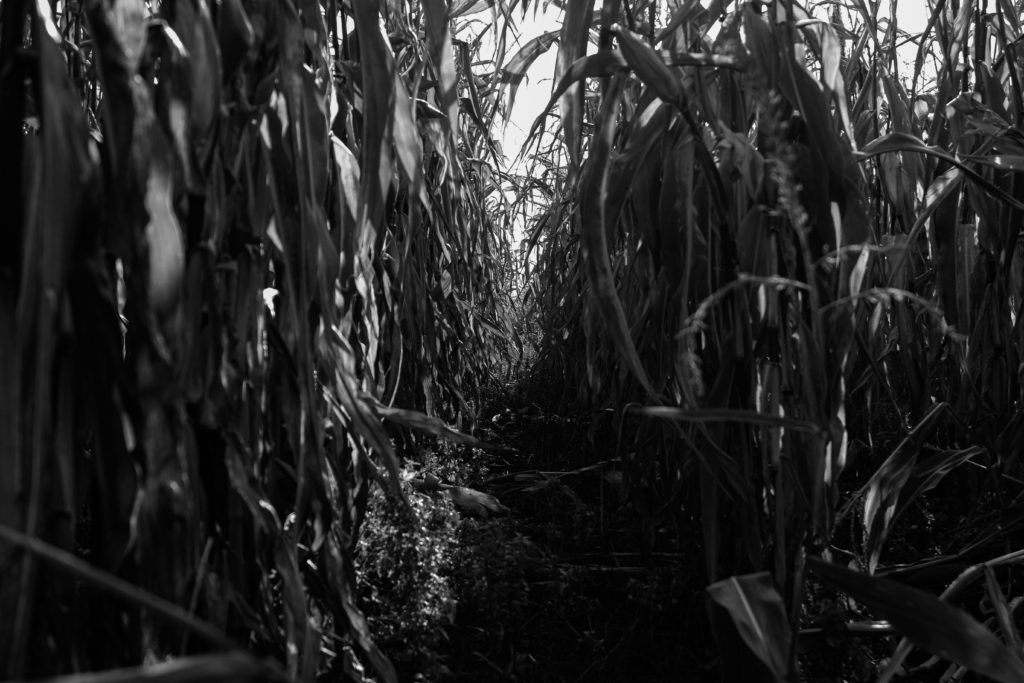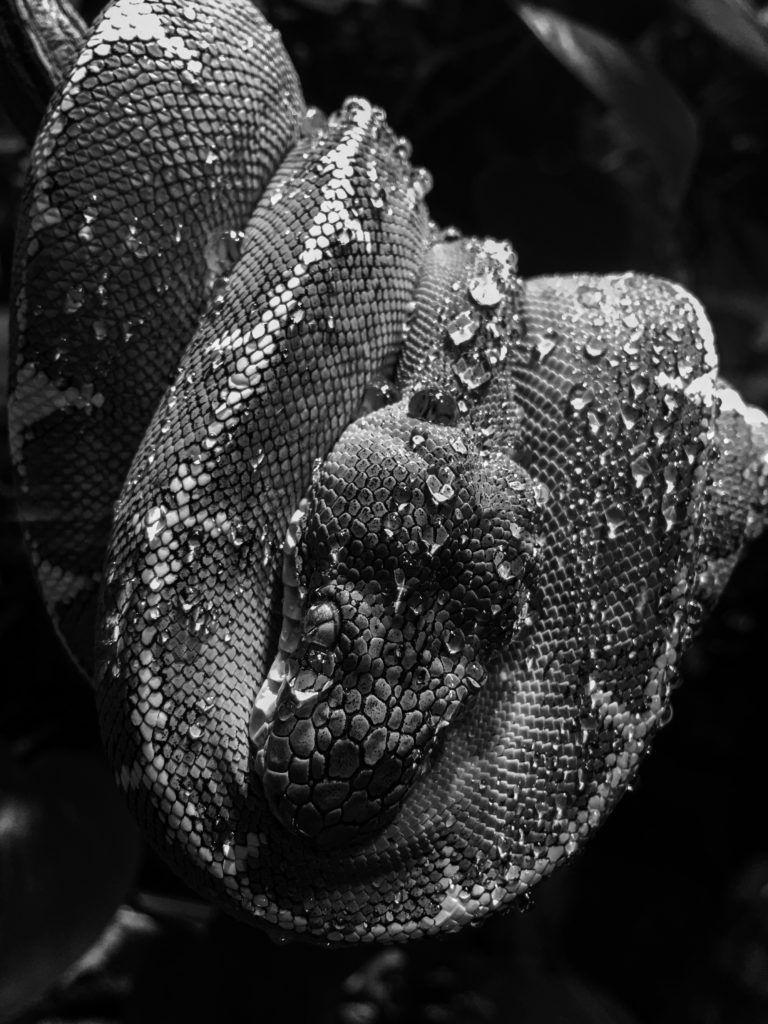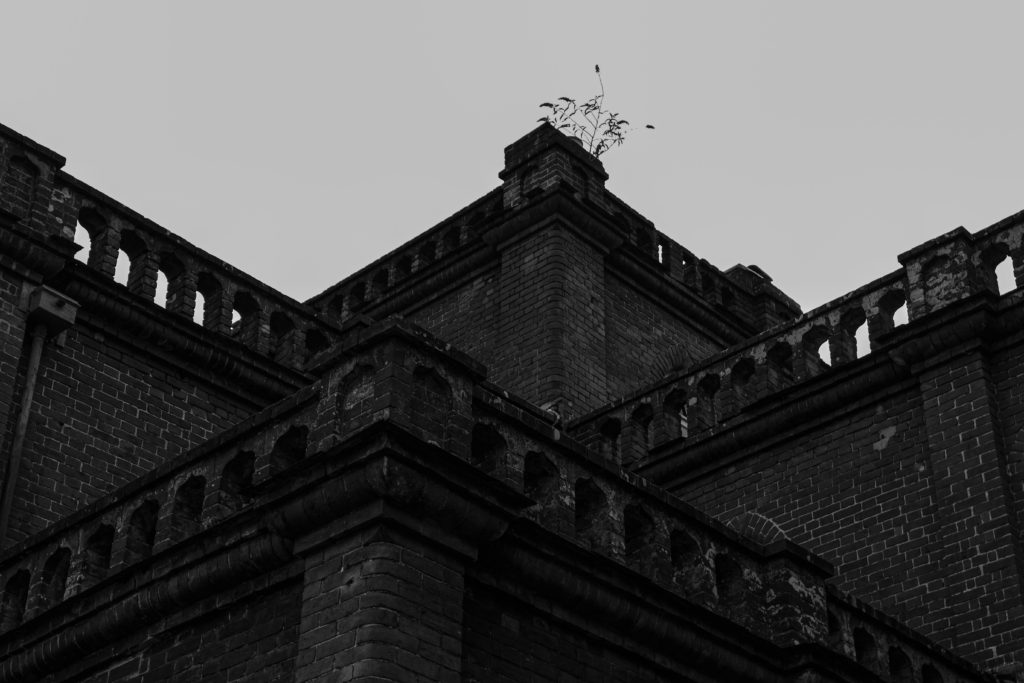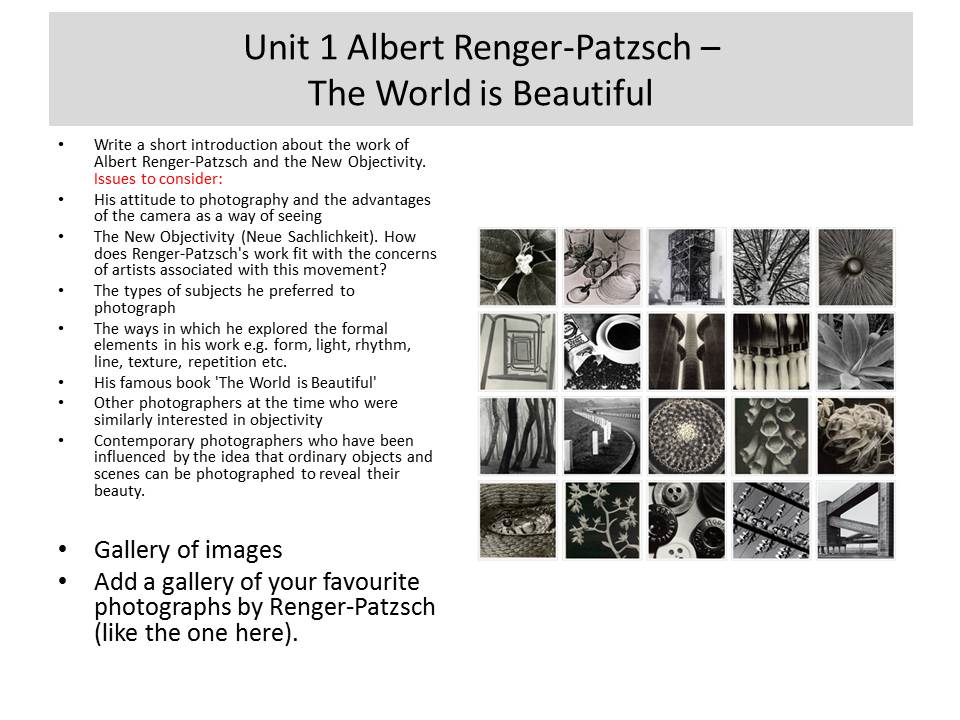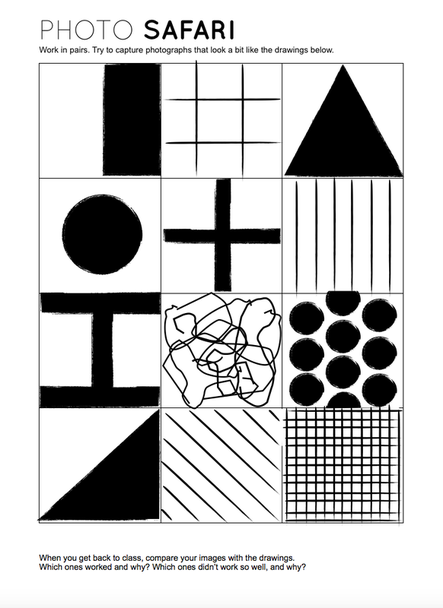
The man in this photograph is Alfred Krupp. Alfred was as an ammunition and steel manufacturer who supplied products to the German Nazis during the war and was later sentenced to prison for war crimes. The Photographer, Arnold Newman, was a Jewish American who traveled to Germany as he felt he needed to know more about the horrific oppression of Jewish people. The dramatic irony behind this photo is that a Jewish Photographer got a Nazi sympathizer to pose for this iconic image.
In this Image, slightly below the centre of the shot, is a medium shot of a Caucasian man who looks to be in his late sixties. He has a balding head with slight tufts of grey hair sprouting near the back of his scalp. He has fairly dark coloured skin littered with wrinkles. He has bushy brown eyebrows, a long pointed nose and large, deep, brown eyes. He is gazing straight at the lens and has a serious and sinister expression on his face. He is dressed in a dark grey blazer with a white shirt bearing silver cuff links underneath. He is aslo wearing an expensive looking metal watch tucked underneath his blazer. In the background there is two large concrete pillars eaither side of the man. There is a blue train to the left of the man and a rust coloured one to the right. There are two rows of metal beams above the trains running paralell to eachother leading to a set of windows positioned directly above the mans head. There are also multiple columns of ceiling windows running along the roof of the builing. Also in this buidling are a series of moving metal machines/parts.
The lighting in this image is a combination of natural and fabricated light, the natural light is coming from above and behind the subject. The natural light coming from the windows give the subject a glow above his head almost like a halo. The fluorescent light is coming from behind the camera. This light brightens the outside of the subject but creates deep shadows in the centre of the subjects face and body which make him look mischievous. The image has quite a narrow portrait crop on it. Arnold used quite a high aperture as both the foreground and background are very clear. The image is slightly underexposed and has been given a vignette around the edges to create a mysterious feel. The image has a warm tone and a dark tone. the texture of the image is quite rough which is not created by grain but is rather associated with the old mysterious man and his surroundings. There a large depth of field aided by the metal beams running longitudinally down the factory roof in this image. The photographer has also framed the subject between the two pillars.



